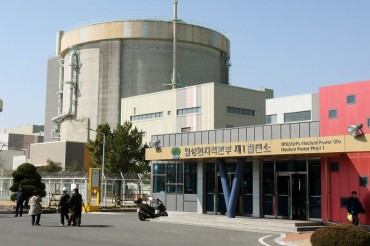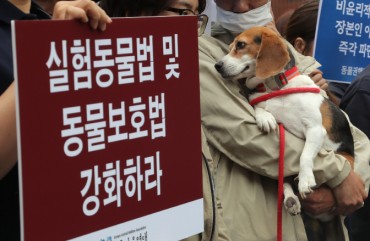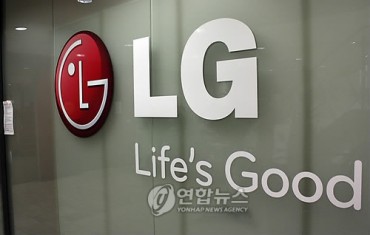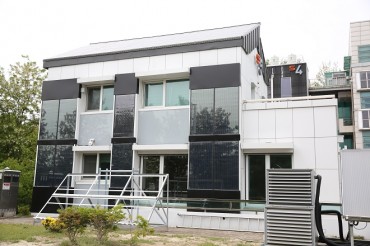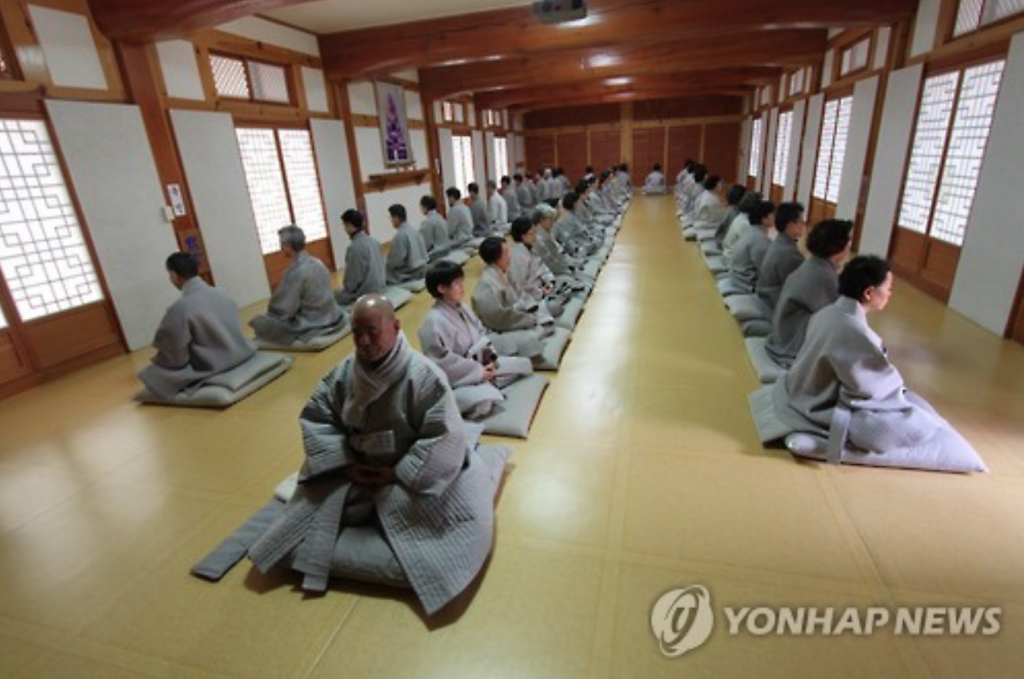
“Ever since we raised the maximum age of priesthood from 40 to 50 in 2005, to try to cope with a declining number of new priests, more than half of our new recruits are those in that age group,” he said. (image: Yonhap)
SEOUL, Feb. 17 (Korea Bizwire) – An increasing number of South Koreans are seeking Buddhist priesthood after their retirement, but an ordinance set by the Jogye Order of Korean Buddhism – the largest Buddhist sect here – prohibits those over the age of 50 from commencing priesthood.
An upcoming meeting scheduled for March will once again discuss revising the age limit, although members are still strongly divided.
Those in support of the revision claim that the order should welcome those seeking late-age priesthood, or second life, and that it can be used as means to overcome the decreasing number of Buddhist monks in Korea.
A meeting held last year by a special committee deliberated on the same agenda, but to no avail.
The proposal, dubbed “special ordinance for retiree priesthood,” suggested that the order dedicate a specific priesthood program for retirees aged from 51 to 70, subject to a yearly renewal, while not imposing various statutes and welfare benefits typically reserved for Buddhist monks.
The idea faced several criticisms, including an argument that such an apprenticeship would not differ much from the existing short-term priesthood programs, and would leave students in the awkward position of being a half-Buddhist apprentice and half-outsider.
“The special ordinance was not so much about developing new priests, but more about nurturing special propagators of Buddhism,” said Jookyung Sunim (monk) after a hearing held in Seoul on February 15 to make amendments to the ordinance that will be resubmitted during the March meeting.
“It seems that the ambiguity in the position and the role of retired apprentices somewhat confused the members of the order, who weren’t convinced (last year),” he said. “The students must be perceived as simply trainees, not priests.”
“I hope the members will focus on the fact that we provide a path for those seeking to find greater vision.”
The new ordinance that will be resubmitted will set the minimum age limit of the candidate at 55, and will require the individual to have at least ten years of experience in a specific field in society. Once accepted, the recruit will maintain the status of a pilgrim (haengja) for at least three years, after which he or she will be able to begin the official journey towards becoming a Buddhist monk.
However, Jookyung’s suggestion didn’t go unchallenged, and Wonchul Sunim, despite agreeing with the fundamental purpose of the special ordinance, pointed to several drawbacks that it might bring about.
“Ever since we raised the maximum age of priesthood from 40 to 50 in 2005, to try to cope with a declining number of new priests, more than half of our new recruits are those in that age group,” he said. “This led to several problems, including a declining number of young priests.”
He added that the order needs to “focus more on the quality of the priesthood, not the quantity.”
“Instead of choosing the easy way, only a more honorable path, regardless of the difficulties it would bear, will give us the fundamental solution,” he said.
By Lina Jang (linajang@koreabizwire.com)



